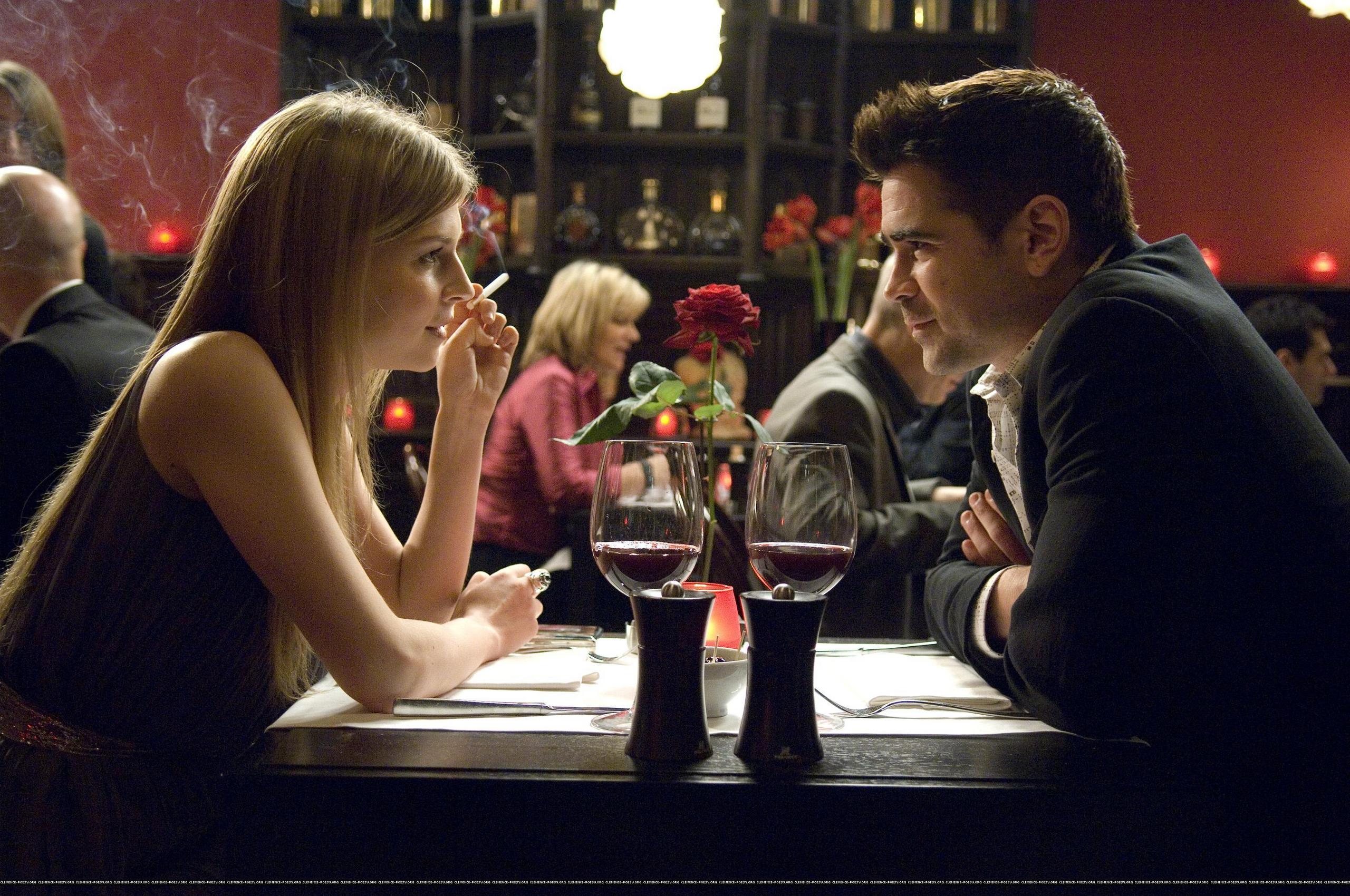In many ways, the use of colour in The Wizard of Oz (1939) is its greatest achievement. From the grounded, sepia tones of Kansas in late 1930s America to the glistening glory of the Technicolour dreamscape which stretches beyond Oz’s furthest reaches, Fleming’s decision to paint the opposing locations’ respective landscapes in such drastic contrast in one way or another defines both the film’s success and reputation. In a world where the use of colour in film is taken for granted and is often employed without inspiration (see Man of Steel, majority of the MCU catalogue), Oz’s commitment to expanding the representation of colour and portraying it as an object of desire in a time when black and white film stock rule can only be seen as revolutionary.
In looking to escape the tedium of agricultural life and the economic disruption of America’s Great Depression, Dorothy (Judy Garland) turns her desires inwards and finds within herself a livelier environment: the spectacle of Oz, the ultimate wonderland, vibrant in every observable aspect, achievable only through the use of Technicolour (Dorothy’s slippers were adjusted from silver to ruby to take full advantage of the vivid process). Additionally, the studio’s employment of the cartoonish visual style present in Oz adds to the location’s idealistic appearance; for Dorothy, Oz is a utopian dreamland envisioned out of dissatisfaction with her immediate and muted environment and MGM’s creation of gorgeous matte paintings services this idea brilliantly.

Coincidentally, another film I watched this week which addressed similar themes was Martin McDonagh’s neo-noir crime comedy In Bruges (2008). Wherein The Wizard of Oz explicitly contrasts the idea of stark reality and escapism through fantasisation, In Bruges mixes the two notions and meets in the middle, allowing itself to source much of its humour from this balance. In many instances the film’s location, Bruges, Belgium, is referred to as a ‘fairytale town’. In a heated and crucial moment, the film’s antagonist, crime boss Harry (Ralph Fiennes), reveals the nature of one the hitmen, Ken (Brendan Gleeson)’s, next assignment via phone call: to eliminate his partner, Ray (Colin Farrell) after a botched assassination attempt. In conclusion, Harry confesses his pride in his allowing of Ray to experience the beauty of Bruges, declaring that “[he’d] like to go see Bruges again before [he] die[s]” and likening the city to a “dream”, before ending with call with “give me a call when he’s dead”. Here, the association between lightness of the idealistic ‘fairytale’ land and the grimness of the actual situation makes up much of the content which brands In Bruges both hilarious and as the modern day fairytale.
As opposed to Dorothy’s longing for escape in The Wizard of Oz, Ray’s feelings towards Bruges are quite the opposite; Ray longs to escape the proposed ‘fairytale’, at one point in the film drawn to suicide because of his actions there. Although in the 1930s, the idealised notion of fleeing to a ‘fairlytale’ land as a diversion from one’s monotonous and strenuous existence was epitomised in The Wizard of Oz, in today’s day we are aware as a society that places such as Oz do not exist. The idea of simply running away from the hardships of our given lifestyle has been debunked and we as forced as a people to come to terms with reality. Here, we are upon an age where Bruges is the new Oz. The Wizard of Oz ends with Dorothy returning to Kansas, finding herself captivated by the idea of home being the one and only place she needs: “There’s no place like home.” In Bruges defies this norm, and ends with Ray being stretchered off into an ambulance, his chest punctured with bullet wounds as he comes to terms with the fact that maybe that’s what hell is: “The entire rest of eternity spent in fucking Bruges.”
